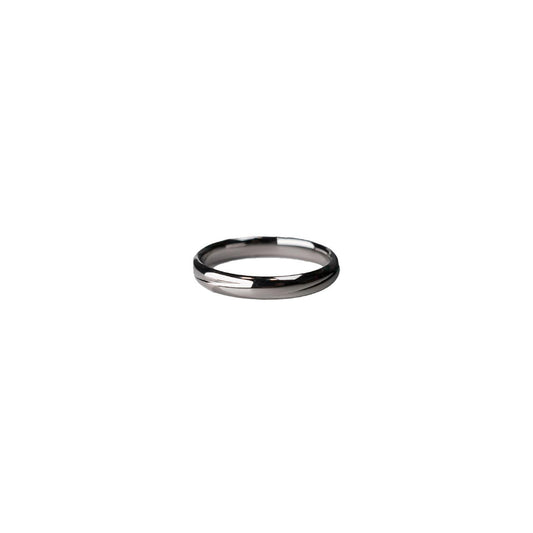Lab-Grown Diamonds The Modern Marvel Redefining Value
Lab-Grown Diamonds The Modern Marvel Redefining Value
I remember the first time I held a lab-grown diamond in my hand. It was in Chicago, on a bright, chilly morning as I walked through the bustling aisles of a small, avant-garde jewelry show. The gem dealer was enthusiastic, and there was a peculiar sparkle in his eyes—a reflection, I assumed, of the perfectly cut stone that lay in front of us. It was utterly flawless, capturing the same allure as those storied gems mined from deep within the earth, yet there was something intriguingly different about it.
Lab-grown diamonds, or synthetic diamonds as they are less romantically called, have quietly been making their way into the world of luxury and sustainability. These diamonds are not mere imitations or fakes; they are real diamonds, chemically, physically, and optically identical to the ones formed under the immense pressure and heat beneath the earth’s crust. But their origins are what set them apart. Created in a laboratory, these gems replicate the natural environment required for diamond formation. It's a process that feels like an elegant dance between human ingenuity and the timeless forces of nature.
As I delved deeper, I discovered that the technology behind lab-grown diamonds isn't as new as one might think. The first attempts date back to the mid-20th century, but it’s only in recent years that advancements have made it accessible and economically viable. Companies use techniques such as High Pressure, High Temperature (HPHT) or Chemical Vapor Deposition (CVD) to grow these diamonds, and the results are astounding. They can be tailored in size, clarity, and even color, which opens a realm of possibilities for jewelry designers and enthusiasts alike.
Beyond the technical marvels, lab-grown diamonds hold a compelling cultural resonance in today’s world. With increasing awareness around ethical sourcing and environmental sustainability, these diamonds offer a guilt-free alternative to their mined counterparts. The traditional diamond industry, with its complex history of ethical concerns, finds itself being gently nudged by a consumer base increasingly interested in transparency and responsibility. Lab-grown diamonds, devoid of the baggage of conflict mining, resonate with those who wish their purchase to reflect their values.
Yet, it’s not just about ethics for everyone. There’s a personal allure too. I recall talking to a friend who had just gotten engaged. Her fiancée had chosen a lab-grown diamond ring, not because it was less costly—though that was, admittedly, a pleasant surprise—but because it felt like a choice for the future. "It’s like technology meeting romance," she mused, twirling the ring around her finger as we sipped our coffees. That notion stuck with me, as I realized how perfectly it summed up this modern love story intertwined with innovation.
In essence, opting for a lab-grown diamond isn't a departure from tradition; it’s merely a continuation, albeit with a nod to contemporary values. It’s about acknowledging that beauty and brilliance can be found in the intersection of nature and technology, without compromising either. As you admire a lab-grown diamond, you're not just looking at a piece of exquisite craftsmanship. You're witnessing a jewelry revolution—one that speaks to the soul of a world continuously in search of progress and enlightenment.


























